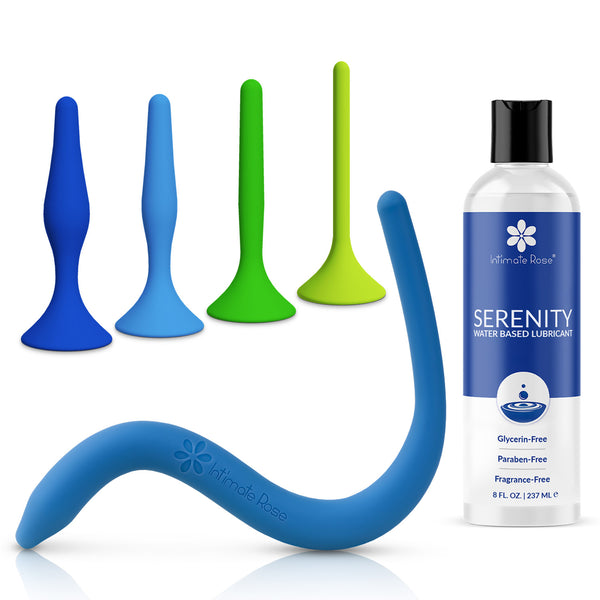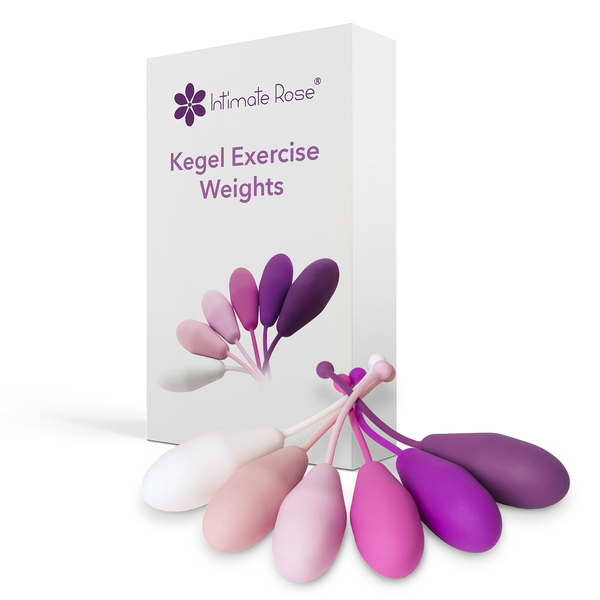Our Intimate Rose Wand product guide features helpful videos for getting started with your pelvic therapeutic massage, using our exclusively patented pelvic wands.
Here are the different video topics:
- Who is a Pelvic Wand For?
- Pelvic Floor Anatomy & The Pelvic Wand
- Intro to the Bendable Pelvic Wand
- Indications & Contraindications Bendable Wand
- Intro to the Intimate Rose Pelvic Wand
- Intro to the Vibrating Wand
- Vibrating Wand FAQ
- Intro to Temperature Therapy Wand
- Wand Therapy for Rectal Pain
- Body Position Changes
- Step by Step Guide
- Finding Tender Areas with the Pelvic Wand
Who Can Benefit from Using a Pelvic Wand?
The Non-Vibrating Pelvic wands are ideal for people who need a device to massage and relieve minor aches and pains in their pelvic floor muscles.
How to Use a Pelvic Wand
- Wash the wand with warm water and soap.
- Designate a place in your home that is safe, quiet and comfortable, such as your bed.
- Decide which end of the wand to use. The pointed end is beneficial for the deeper pelvic floor muscles, whereas the shorter rounded end is for the muscles near the entrance of the vagina and rectum.
- Use a generous amount of water-based lubricant on the first 1 to 2 inches of the desired treatment end of the wand, as well as your body. The use of a water-based lubricant is important to preserve the medical grade silicone of the wand.
- Start by lying on your back with your knees bent and feet planted. Some people may prefer to lie on their side instead. If that’s the case, be sure to bend your knees and support your top leg with a folded pillow between your knees.
- Begin your session by breathing in and allowing your belly to expand, followed by exhaling, allowing your belly to slowly fall. The act of slowly exhaling helps to naturally relax the pelvic floor muscles. Repeat the deep breathing pattern, and continue to do so steadily and deliberately. Carefully insert it on an exhale.
- Gently sweep the end of the wand until you encounter a tender area. When you find one, gently compress the end of the wand with the same firmness you would use to check a tomato for ripeness. For example, don’t press so hard you squish your tomato.
- Maintain gentle pressure and slowly move your bent knee left and right until you find a position that is comfortable. When you find this position, remain there for 1 to 2 minutes to allow the muscle to fully relax. Continue to breathe deeply.
- Repeat this process 1 or 2 times per day as needed.




























